Habitat

Transforming the South Fork of the Catawba River and its towns
Cramerton has turned to the South Fork of the Catawba River, which once powered mills and was known as a hotbed of pollution, to help power the town’s revival in the wake of the textile industry.
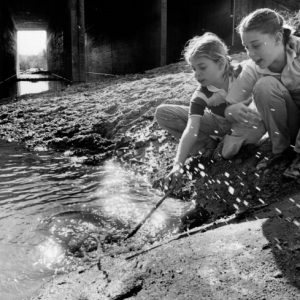
Celebrating creeks, the ‘capillaries’ of our water system
Think of an important waterway: You’re probably picturing a rushing river, a huge lake or a roaring waterfall. But what about the humble creek running through the woods near your house? That’s where most of our waterways start, and if those creeks aren’t healthy, our larger waterways won’t be healthy either. Creek Week is a […]
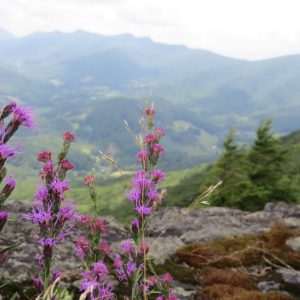
Preserving rare plants: In search of Heller’s blazing star
How do you protect a plant that grows only on rocky outcrops at high elevations in the Amphibolite Mountains of northwestern North Carolina? It takes a team.
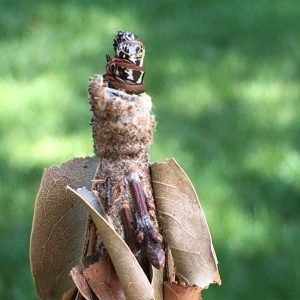
Finding the beauty in a bagworm
The overall cluster was about the size of my fist. A woven cylindrical core was decorated with willow oak leaves, some of them whole and others torn. They had been applied in an intriguingly symmetrical pattern, creating the effect of wings and a tail. Tiny twigs with swollen buds had also been incorporated into the design, their weight providing a ballast. The creature twirled and fluttered in the breeze, a sylvan ballerina.
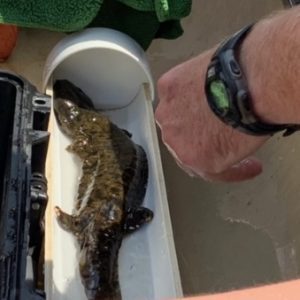
Hellbenders offer a window into water’s health
Hellbenders – a species of large salamander with an evocative name – can tell us something about the health of a river. Macroinvertebrates are good indicators of water health across the state. Insects, crustaceans, molluscs, and arachnids can all tolerate water quality in different degrees. Mayflies, caddisflies, stoneflies, hellgrammites are all highly sensitive to pollution. Their presence anywhere indicates good water quality. Dragonflies, damselflies, crayfish and clams are somewhat tolerant of pollution. Black fly larvae, lunged snails, and leeches are all pollution-tolerant.
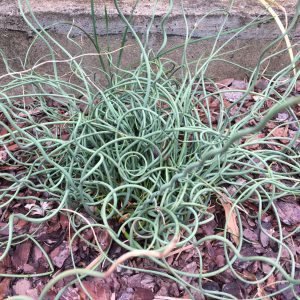
Rushes can restore some ecosystems – and beautify your backyard
“I call rushes the final frontier,” says Paula Gross, former associate director of the UNC Charlotte Botanical Gardens. “That’s because I know so little about them myself!” A 19th century botanist described the genus as “obscure and uninviting,” she notes. As with so many other plants, my interest in rushes lies at the intersection of […]
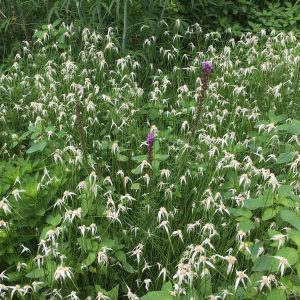
A native plant that adds habitat – and flair – across North Carolina
During a whirlwind visit to Fort Fisher this month, I sped by the historic bunkers and raced through the N.C. Aquarium. My husband and I were on foot, on a mission to catch the next ferry to Southport, but the sight of white-bracted sedge spilling from the humble ditches along Highway 421 stopped me in […]
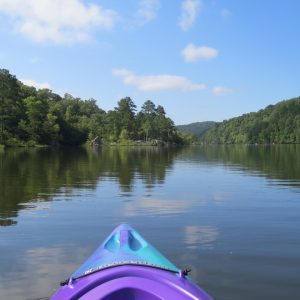
Beyond Crowders and Morrow Mountain: 8 great spots to get your nature fix near Charlotte
Most people who visit the Uwharrie region for recreation probably know about spots like the Uwharrie Trail and Morrow Mountain State Park. Or maybe you’re used to driving west, to Crowders Mountain State Park. However, there are a lot of lesser-known gems in the region that many tourists miss out on, and some that even […]
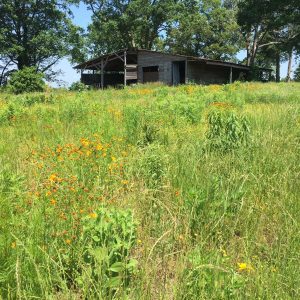
Turning backyards into bird sanctuaries across the Piedmont
Wildlife habitat comes in all shapes and sizes, as does opportunity for improving it. The rural nature of the Uwharries and other areas around Charlotte allows us to restore grasslands and forests on a landscape scale, but the same management techniques have also proven successful on smaller parcels in urban parks and nature preserves. One […]
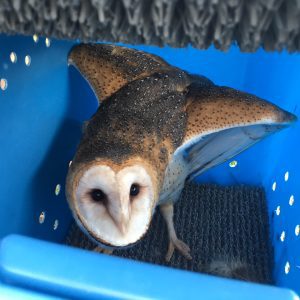
A young owl finds freedom
On Father’s Day, my sister and I honored the finest man in the Uwharries and beyond, and also a remarkable barn owl named Harvey. According to the Carolina Raptor Center, the lifespan of a barn owl (Tyto alba) in the wild is generally only two to five years. They can easily live twice as long […]